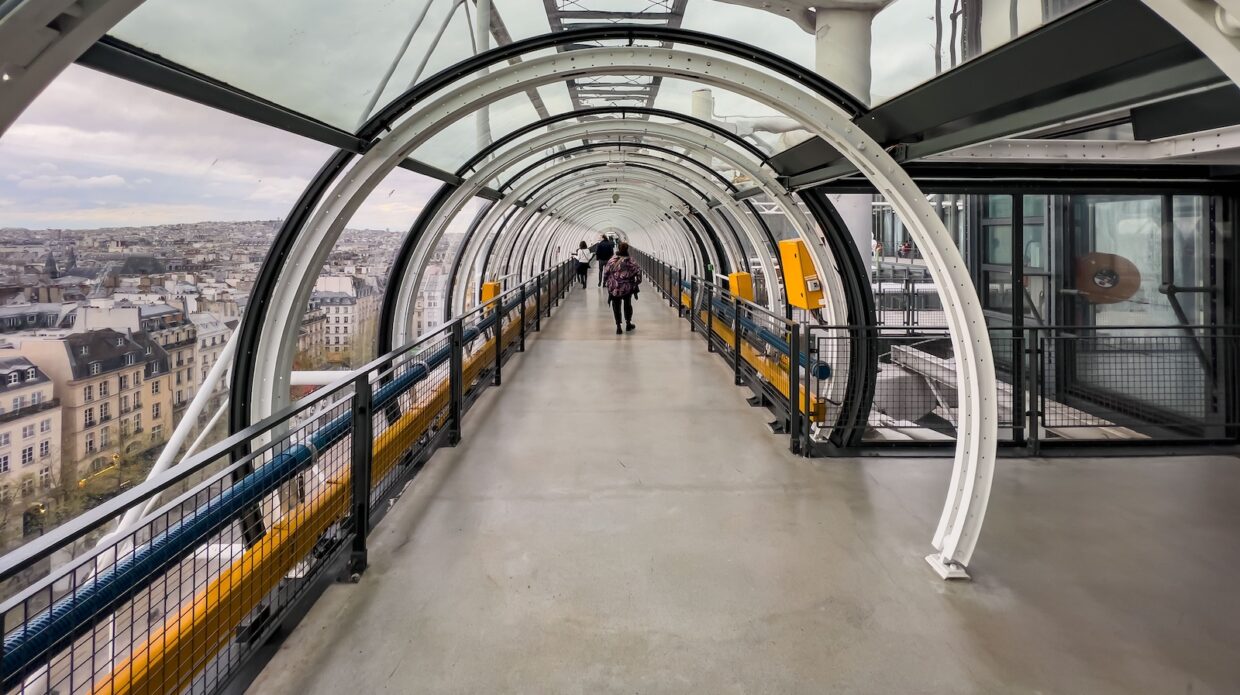NFTs, or non-fungible tokens linked to digital artworks, have recently seen a decline in both price and cultural relevance. Despite this, the Pompidou Centre in Paris has opened an exhibition focused on NFT art, offering a potential boost for the digital art form. Located in the Marais district, the minimalist halls of the Pompidou Centre now showcase this innovative collection.
After NFT prices soared in 2021, the value of NFT transactions fell 94 percent between 2021 and 2022, dropping from $233 million to $14 million, according to French analytics firm Artprice. Rather than focusing on the economic aspects, the organizers of the Pompidou exhibition have concentrated on the art itself. The gallery has become the first in Europe to establish an NFT art collection, with chief curator Marcella Lista stating that these artists will secure a place in art history, and insisting that their works will have longevity.
The decreased interest in NFTs and the broader drop in cryptocurrency values have allowed the Pompidou to acquire many of the works at a very low cost, with some pieces donated by their creators. Californian artist Robness, who contributed his work, attended the exhibition and found it a humbling experience. He prefers to concentrate on the creative aspect and likens NFTs to foundational technologies like email, which will continue to find applications.
The Pompidou exhibition features iconic NFT artworks, including a 3D “portrait” of Satoshi Nakamoto, the potentially fictional creator of Bitcoin, donated by Robness. Other works on display include “Bitchcoin,” a representation of a bitcoin created by Sarah Meyohas in 2015, and a well-known “CryptoPunk.” The exhibition provides visitors with a traditional art gallery experience, complete with whitewashed walls and explanatory cards accompanying digital works displayed on screens.
Despite the low prices paid for the artworks, the gallery faced challenges in acquiring them. Accounting rules prevented the Pompidou from purchasing the works using cryptocurrency, and blockchain records were not considered sufficient. As a result, the works were paid for in euros, and contracts were signed under French law.



